Some of the links in this post may be affiliate links.
How to
Unless you are growing only cacti and succulents, it is important to understand the topic of humidity and the most effective ways on how to
Let me first talk about the least effective ways to
Or you could forget about humidity loving plants and only grow cacti and succulents, but that would be a bit boring…
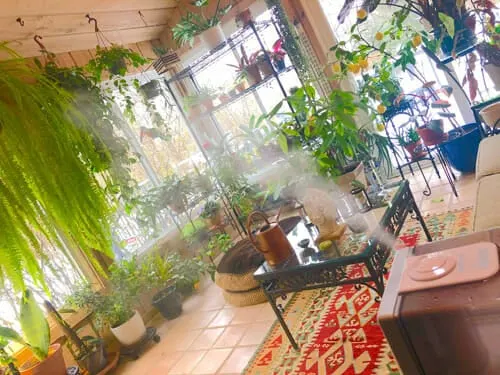
Table of Contents
Misting Your Houseplants
Are you an obsessive mister? Do you run around from plant to plant and mist your houseplants daily? The only benefit to misting is that you DO get a forearm and hand workout, but that is about it!
Contrary to popular belief, misting is NOT an effective way to
So spare yourself the work! I occasionally do use a mister sometimes, but not to
If you are using a mister to wet the leaves of your plants so you can wipe them down to keep them clean, or maybe mist your exposed Phalaenopsis orchid roots so that they stay hydrated, that’s fine! You are watering those roots.
But don’t expect it to effectively increase your humidity. It just simply does nothing.
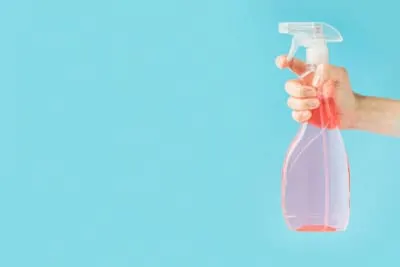
In fact, if you overdo it, you can create problems for yourself! Misting your plants at night, coupled with cooler temperatures, is an invitation for fungal diseases.
Certain plants like begonias, and many others, are prone to powdery mildew. Misting, especially with cool water, can also cause unsightly blotches on plants like African Violets.
So put that mister down! There are better ways…
1. Placing Houseplants on a Pebble Tray
This method is OK! You would simply take a tray of some sort, fill it with pebbles, and add water so that the water level is just under the top of the pebbles. Then simply place your houseplants on top.
As the water evaporates, it will create a little humid microclimate for your plants.
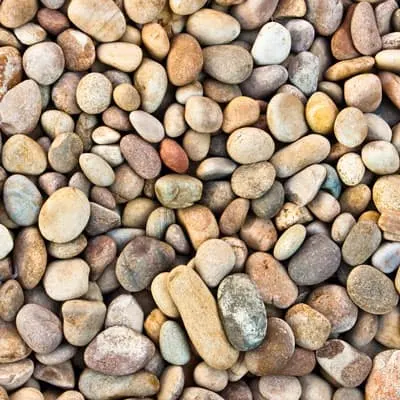
Of course, this has its limitations! It is really only practical if you have smaller plants.
And if you have a lot of plants, it simply isn’t easy, nor practical, to have trays everywhere your home! But it is a much better method than misting. There are better methods though…keep reading.
2. Grouping Plants Together to Increase Humidity
Plants naturally release water through a process called transpiration. The more plants you group together, the better it will be! You will be creating a little microclimate within your own home.
Of course if you are a plant hoarder like me, this will happen anyway! But there is the added benefit of extra humidity as well!
3. Place Plants in Naturally Humid Areas
Do you have any houseplants that need humidity to do their best? Why don’t you place them in higher humidity areas of your house? Bathrooms are a perfect choice!
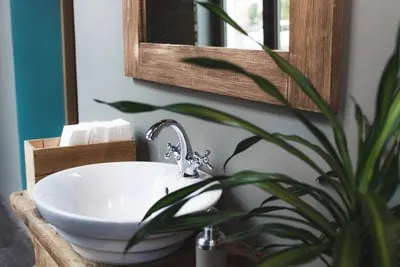
Assuming that you have the appropriate light in a bathroom, why not place your humidity loving plants there if you can to take advantage of humidity created by your daily shower.
Plants like Boston Ferns, or any fern for that matter, make fabulous choices for bathrooms!
This brings me to my intended focus of this post…
4. Using a Humidifier to Increase Humidity for Your Houseplants
In my opinion, this is the best and easiest way to increase the humidity for your houseplants! Especially if you live in areas with cold winters and forced air heating.
My indoor air gets painfully dry in the winter, much to the dismay of my ferns, Calatheas, and other humidity loving plants. Not to mention my poor, dry, flaky skin!
I recently purchase a fabulous humidifier for my sunroom, where I have much of my collection concentrated in.
I was tired of the cheap drugstore-type humidifier. They are poorly constructed and have no features. I’ve learned my lesson.
The humidifier I chose is a bit pricier than many, but in the long run, it is the most effective and probably even a cheaper route! I don’t want to keep buying a humidifier every year!
LEVOIT Humidifier
I absolutely LOVE this humidifier! I have mine placed between our sunroom and our bedroom, so that both plants and people can share in the benefit! My plants will benefit from increased humidity, and so will my skin!
I have been absolutely thrilled with the Levoit 6L Hybrid Ultrasonic Humidifier. There are many things that I love about it:
First of all, it is super quiet! I barely hear that it is operating, and that’s only when I get up close to it!
You can easily change to either a warm mist or a cool mist with the press of a button.
The warm mist option has the advantage of being able to humidify your air much more quickly, and the higher temperature will help to kill any bacteria in the reservoir.
One option that I LOVE that none of the more inexpensive humidifiers have is that this unit actually displays the current humidity in your room!
This will help you keep an eye on the humidity level and adjust accordingly if you need to. I also get the satisfaction that I am doing something good for my plants! It’s a mental thing…
It contains a 6 liter reservoir, so slightly over 1 1/2 gallons (Why can’t the U.S. get on the metric system like the rest of the world?). Depending on the settings that you choose, it will last anywhere between 10-36 hours in continuous use.
Of course this will depend greatly on the settings, so take this advertised value with a grain of salt. I’ve run the unit on warm mist, and at the highest mist level, and in this particular case, it lasts between 10-12 hours for me.
The Levoit 6L Hybrid Ultrasonic Humidifier is the best humidifier that I’ve ever tested.
I find that the controls are very intuitive to use, and there is even a little remote control with the same controls as on the main display on the unit itself.
The construction is very solid, unlike many of the very flimsy, inexpensive humidifiers out there.
I love the customization that this unit provides. You can set the mist level manually to three different levels.
You can manually select a relative humidity target, or just use the Auto feature.
Once the water level gets low, it will automatically shut off. It also has a timer that you can program if you only want it on for a certain amount of time.
If you like essential oils, you can even use those products with this humidifier! Although please be careful because certain essential oils are supposedly toxic to pets. Do your research.
The unit also comes with wonderful directions on how to clean and disinfect your humidifier, and it even comes with a little brush to help with this task.
Please be sure to clean your humidifier weekly! It is a bit of a process to clean, but you will have to do this with any humidifier that you purchase.
Helpful Humidifier Settings
If you need to get your humidity up quickly, I would recommend setting the humidifier on warm mist and setting the mist level on 3. Everything is shown clearly in the owner’s manual.
After this, you can just manually use the settings, or use the auto feature. You can even program it to set a target humidity and the humidifier will do all the work for you.
There is also a timer that you can use to have the unit on anywhere from 1 to 12 hours. It is completely customizable!
Frequently Asked Questions on Humidifiers
Here are some questions that I’ve gotten on humidifiers in general. I’ve included information above on some of the features, but it is important to read the booklet that it comes with for best results.
Will the humidifier make my floors and walls wet?
If you place the humidifier properly, it will not. I’ve never had any wet walls or floors. Be sure to place your Levoit humidifier on an elevated surface such as on top of a desk, night stand or a small table.
And aim the mist away from any wall. I aim the mist nozzle right to the center of the room.
Do not place the humidifier on the floor or on carpet.
You’ll want to avoid placing it in rooms that have poor air circulation or rooms that are too small. This particular humidifier has an effective range of 430-753 square feet (40-70 square meters). For larger rooms, you would need more than one unit.
The humidity level in my room hasn’t changed even though I’m running a humidifier. Why?
Again, this particular unit is sized for rooms that are 430-753 square feet (40-70 square meters). If your room area is larger, you may need more than one.
If you have a smaller room, it just will help you reach your targeted humidity much more quickly. Just make sure that you have good air circulation.
Will the humidifier cause mold?
I’ve never had any issues with mold. Again, you’ll want to follow the guidelines that the humidifier comes with.
You can set the humidifier to various settings and also automatically target a certain relative humidity percentage.
You will want to avoid placing the humidifier in rooms with very poor air circulation as this will increase your chances of mold. If you follow the simple guidelines in the user’s manual, you have nothing to worry about.
What humidity level is best to keep my houseplants happy?
As a rule of thumb, most plants and people will be happy in the 50-60% humidity range. If you are happy, your plants will likely be happy!
This is a good general range. Cacti and succulents will do fine on much lower humidity, whereas some other houseplants with thin leaves like ferns enjoy higher humidity.
Is it difficult to use? What if I don’t know what settings to use?
Lucky for you, there is an auto button! If you place it on this auto setting, it will dispense cool mist and maintain relative humidity of 55-68%. It automatically shuts off once it reaches 68%.
What kind of water should I use in my humidifier?
Levoit recommends using filtered, purified or distilled water. This is so white mineral residue doesn’t form in the room and in the humidifier itself.
That being said, I’ve never had any issues with any white dust in my sunroom where I use the humidifier. I regularly clean and disinfect mine so it’s not a big issue either. I run mine continually for several months of the year, so it would be very inconvenient to continually purchase jugs of distilled water.
If you can use distilled water, it is best.
Where should I place my humidifier for my plants?
Do not place your humidifier so that it blows directly onto your plants. Many people make this mistake. You don’t want your plants to be constantly wet otherwise this can cause fungal issues or worse.
Instead, aim your humidifier so that it doesn’t directly wet any of your plants. The mist will dissipate into the air and increase the humidity. Also, it is best to elevate your humidifier off the floor in order to prevent your floors from becoming wet.
As long as you’re using a humidifier that is rated for the size of your room, your humidity will increase. Whatever humidifier you use, make sure to check the instruction manual to see if it is appropriate for the size room that you have. An oversized humidifier is fine, but you don’t want a tiny humidifier for a large room otherwise it won’t be effective.
How long should I have my humidifier running?
The answer is that it depends! However, you’ll want it to run as long as you need it to run in order to get to your desired humidity level.
Most plants will do well in a 50-60% relative humidity level. If your specific humidifier doesn’t include a hydrometer, I’d recommend the Smartro SC92 Digital Hygrometer.
It gives you both temperature and humidity and includes a wireless sensor that you can include in a second location. The wireless sensor is meant for outdoors, but after reading the instructions, it can’t get wet. So I simply placed it at the opposite end of the room where I have my main Hygrometer installed.
I mounted mine very quickly on the wall. It also tells you the lowest and highest temperature in the last 24 hours so it is useful to get minimum temperature data that is important when growing houseplants.

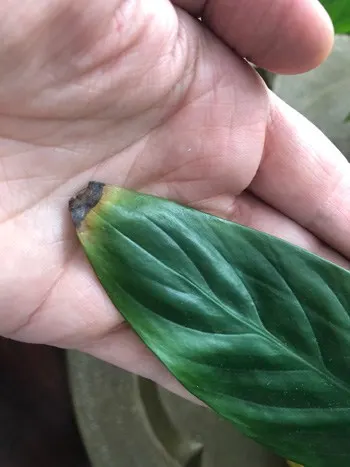
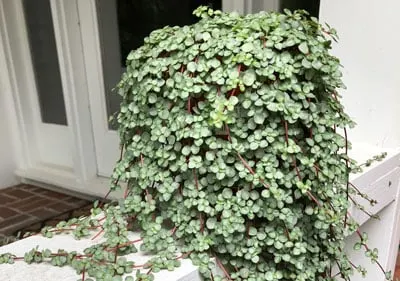
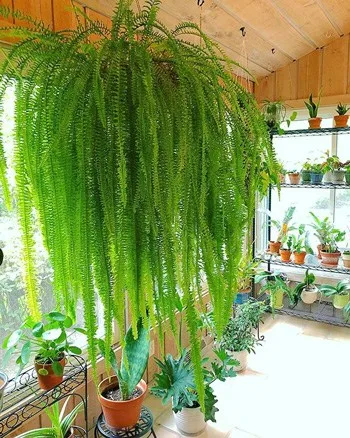
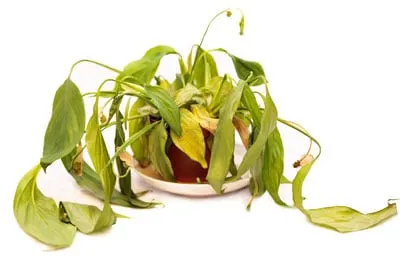
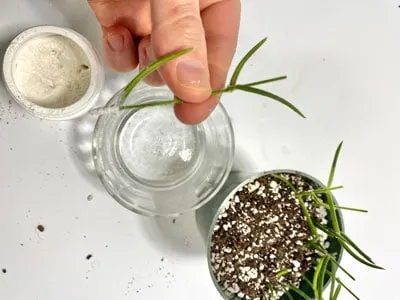
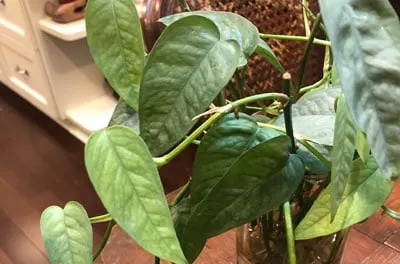
Allison Owen
Tuesday 30th of November 2021
Can you recommend a humidifier (digital preferably) for a small room? It looks like this one is geared more for medium sized rooms. Thank you.
Raffaele
Tuesday 30th of November 2021
Hi Allison! Do you know the square footage of your room?
Barbara
Sunday 28th of November 2021
So happy for all the I information about humidifier. Everything you mentioned not to do I was doing to my plants. You saved my plants thanks please keep up the good work
Raffaele
Sunday 28th of November 2021
I'm happy you enjoyed the post Barbara!
Vesna D
Sunday 20th of June 2021
Would you like to tell me if it can be used for a flower shop, please?
Raffaele
Monday 21st of June 2021
Hi Vesna. I assume you mean the humidifier? You can use it in any location.
NK
Thursday 18th of February 2021
Great read. I'm a new plant owner and have got myself a calathea orbifolia to my collection of babies. Would I require a cool or warm mist humidifier?
Raffaele
Friday 19th of February 2021
I'd say it doesn't really matter which one. Warm mist will use more electricity, but cool or warm will do the trick. Many humidifiers have both options available. Any temperature change in your air by using either one will probably be negligible. Just make sure you don't have the mist collect directly on your plants and that you also try and increase the air circulation if you can :-)
Susan Mercurio
Wednesday 10th of February 2021
You might want to have the humidifier blow on or close to a Norfolk Island pine. They come from a climate that is cool and moist, with fog from the sea blowing over them much of the time. They actually don't need to be watered; the leaves collect moisture and it drips down to the soil. I really needed a good humidifier for mine. Even misting, which in this case is approved, wasn't enough and the cheap drugstore humidifier was noisy and not enough. Plant abuse.